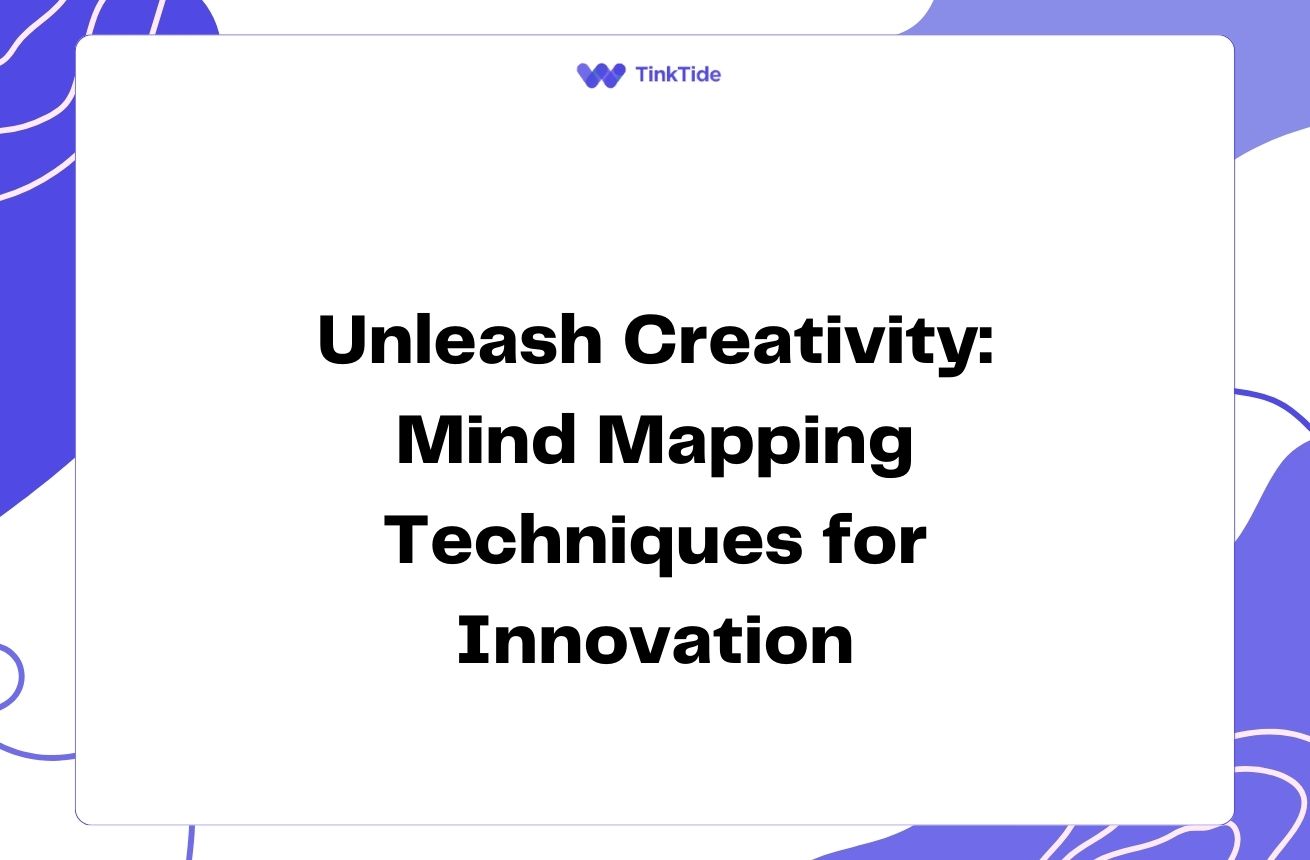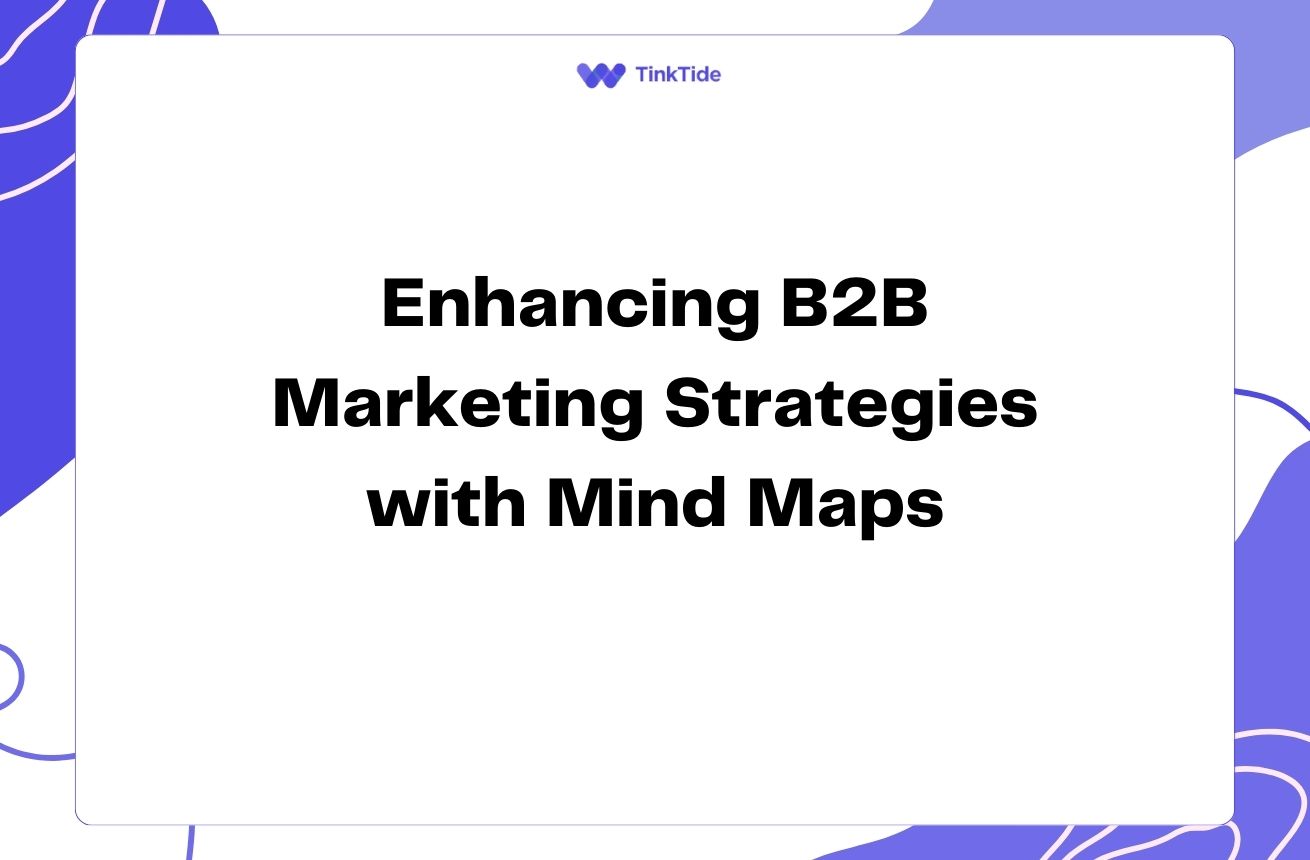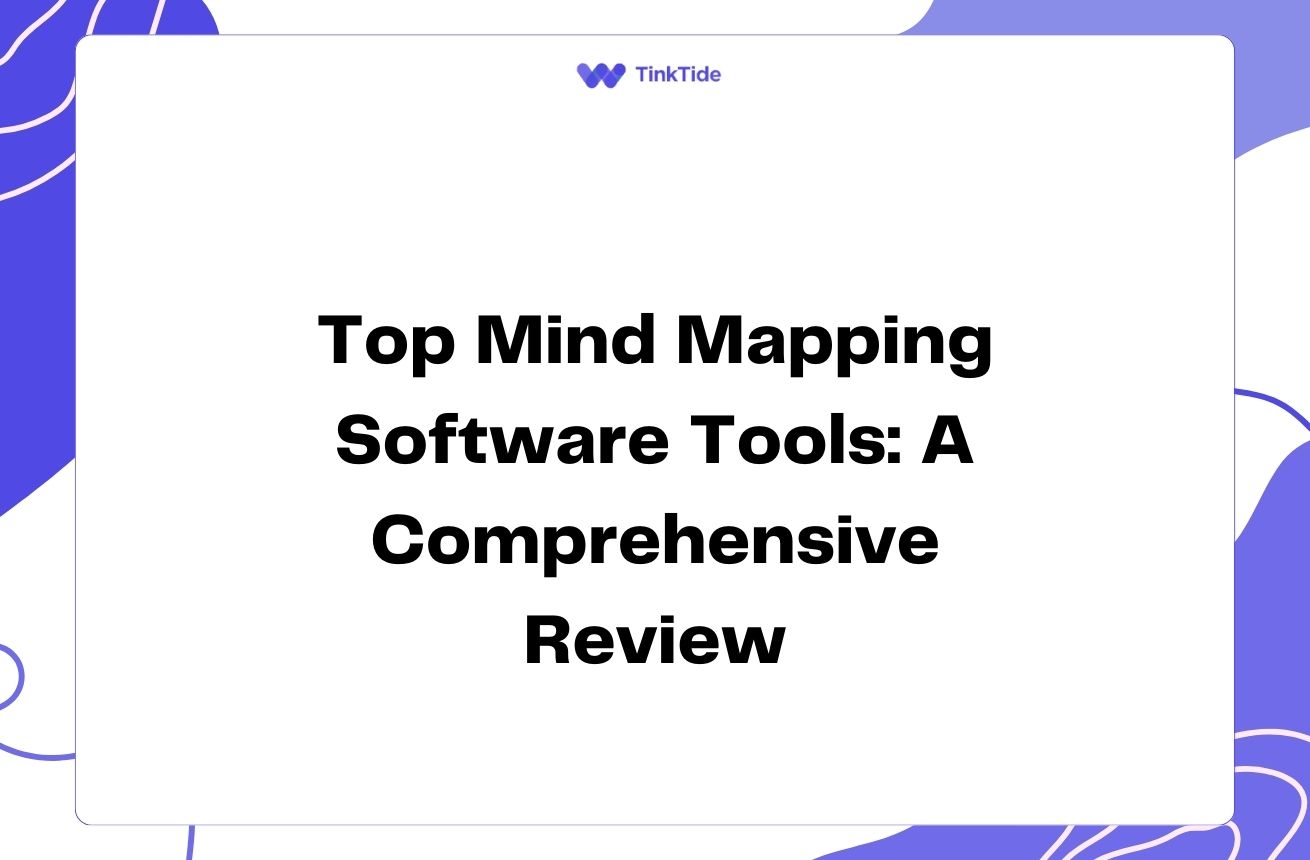Mind Mapping for Decision Making: A Structured Approach to Problem Solving
What is Mind Mapping and How Can It Enhance Decision Making?
Mind mapping is a powerful visual thinking tool that can significantly enhance your decision-making process. By creating a graphical representation of ideas and information, mind maps allow you to organize complex thoughts, explore different options, and identify connections that might not be apparent in linear thinking.
When applied to decision making, mind mapping helps you to break down problems into manageable components, analyze various options, and visualize potential outcomes. This structured approach can lead to more informed and creative solutions, making it an invaluable technique for both personal and professional problem-solving.
Let's explore how you can leverage mind mapping to make better decisions and tackle complex problems more effectively.
The Core Elements of a Decision-Making Mind Map
A well-constructed mind map for decision making typically includes the following key elements:
- Central Topic: The main decision or problem at hand
- Main Branches: Key aspects or categories related to the decision
- Sub-branches: Detailed information, options, or considerations for each main branch
- Connections: Lines or arrows showing relationships between different elements
- Visual Cues: Colors, icons, or images to enhance understanding and recall
Step-by-Step Guide to Creating a Decision-Making Mind Map
Follow these steps to create an effective mind map for decision making:
- Define the central topic: Start by clearly stating the decision or problem you're addressing.
- Identify main categories: Branch out from the center with the key aspects of your decision.
- Expand with details: Add sub-branches to explore each main category in depth.
- Consider alternatives: Include different options or potential solutions as branches.
- Analyze consequences: For each option, add branches representing possible outcomes or impacts.
- Add visual elements: Use colors, icons, or images to make your map more engaging and memorable.
- Review and refine: Step back, assess your map, and make adjustments as needed.
Practical Example: Using a Mind Map for Career Decision Making
Let's illustrate the process with a practical example of using a mind map to make a career decision:
Central Topic: 'Choose between Job Offer A and Job Offer B'
Main Branches:
- Salary and Benefits
- Job Responsibilities
- Company Culture
- Career Growth Opportunities
- Work-Life Balance
- Location and Commute
For each main branch, you would then add sub-branches with specific details about each job offer. For example, under 'Salary and Benefits', you might include sub-branches for base salary, bonuses, health insurance, and retirement plans.
By visually mapping out all these factors, you can more easily compare the two job offers and identify which aspects are most important to you. This comprehensive view helps in making a more informed and confident decision.
Benefits of Using Mind Maps for Decision Making
Incorporating mind mapping into your decision-making process offers several significant advantages:
- Clarity and Organization: Mind maps provide a clear, organized view of complex problems and their components.
- Holistic Perspective: They allow you to see the big picture while also focusing on specific details.
- Creative Problem-Solving: The visual nature of mind maps can spark new ideas and connections.
- Improved Memory and Recall: Visual representations are often easier to remember than linear notes.
- Collaborative Decision Making: Mind maps can be easily shared and collaboratively developed in team settings.
- Flexibility: You can easily add, remove, or rearrange elements as your understanding evolves.
- Stress Reduction: Organizing thoughts visually can help reduce the stress associated with complex decisions.
Tools and Software for Mind Mapping
While mind maps can be created with pen and paper, there are numerous digital tools available that can enhance the process:
- MindMeister: A popular online mind mapping tool with collaboration features.
- XMind: Offers both free and paid versions with a clean, intuitive interface.
- MindMup: A free, open-source mind mapping tool that integrates with Google Drive.
- Ayoa: Combines mind mapping with task management and collaboration features.
- Coggle: A simple, collaborative mind mapping tool with real-time co-editing.
These tools offer features like real-time collaboration, cloud storage, and integration with other productivity apps, making it easier to create, share, and update your decision-making mind maps.
Overcoming Common Challenges in Mind Mapping for Decision Making
While mind mapping is a powerful tool, you might encounter some challenges when using it for decision making. Here are some common issues and how to address them:
- Overwhelming Complexity: If your mind map becomes too complex, try creating separate maps for different aspects of the decision.
- Difficulty Starting: Begin with the main categories and gradually add details. Don't aim for perfection in the first draft.
- Overemphasis on Visuals: While visuals are important, ensure they enhance rather than distract from the content.
- Neglecting Important Factors: Regularly review your map and seek input from others to ensure you're not overlooking crucial elements.
- Bias Towards Certain Options: Consciously challenge your assumptions and try to represent all options fairly in your map.
Integrating Mind Mapping with Other Decision-Making Techniques
Mind mapping can be even more effective when combined with other decision-making tools and techniques:
- SWOT Analysis: Use mind maps to brainstorm and organize Strengths, Weaknesses, Opportunities, and Threats.
- Decision Matrix: Create a mind map to identify criteria, then use a decision matrix to weigh options.
- Pros and Cons Lists: Use branches to clearly separate and visualize the pros and cons of each option.
- Scenario Planning: Develop mind maps for different potential future scenarios to aid in strategic decision making.
- Six Thinking Hats: Use different colors in your mind map to represent the six different thinking perspectives.
By combining mind mapping with these techniques, you can create a more robust and comprehensive decision-making process.
Frequently Asked Questions About Mind Mapping for Decision Making
Here are some common questions about using mind maps in the decision-making process:
How long should I spend on creating a decision-making mind map?
The time spent can vary depending on the complexity of the decision. For simple decisions, 15-30 minutes might suffice, while complex decisions might require several sessions over days or weeks.
Can mind mapping be used for group decision making?
Absolutely! Mind mapping can be an excellent tool for collaborative decision making. It allows all team members to contribute ideas and see the overall picture, fostering better communication and understanding.
Is it better to use digital tools or pen and paper for mind mapping?
Both have their advantages. Digital tools offer more flexibility, easy editing, and sharing capabilities. However, some people find that the physical act of drawing on paper helps with creativity and memory retention. Choose the method that works best for you or your team.
Additional Resources for Mastering Mind Mapping in Decision Making
The Mind Map Book: How to Use Radiant Thinking to Maximize Your Brain's Untapped Potential
A comprehensive guide to mind mapping by Tony Buzan, the inventor of modern mind mapping.
MindTools: Mind Mapping for Decision Making
An in-depth article on using mind maps specifically for decision making, with practical examples.
Coursera: Decision Making in Leadership
An online course that includes mind mapping as part of a broader decision-making toolkit.
YouTube: How to Mind Map for Decision Making
A visual tutorial on creating decision-making mind maps, perfect for visual learners.
How Can Mind Mapping Transform Your Decision-Making Process?
Mind mapping is a powerful tool that can revolutionize your approach to decision making. By providing a visual, structured method to explore complex problems, analyze options, and foresee potential outcomes, mind maps enable you to make more informed, creative, and confident decisions.
Whether you're facing personal dilemmas, professional challenges, or strategic business decisions, incorporating mind mapping into your problem-solving toolkit can lead to clearer thinking, better communication, and more effective outcomes. As you practice and refine your mind mapping skills, you'll likely find that this technique becomes an indispensable part of your decision-making process.
Remember, the key to successful mind mapping is to start simple, be flexible, and continuously refine your approach. With practice, you'll develop a powerful skill that can enhance not just your decision making, but your overall cognitive abilities and problem-solving capabilities.
Elevate Your Decision-Making with TinkTide
Ready to take your decision-making skills to the next level? TinkTide offers powerful tools and resources to help you master mind mapping and other problem-solving techniques. Sign up today and start making better decisions!
Sign Up for TinkTide

